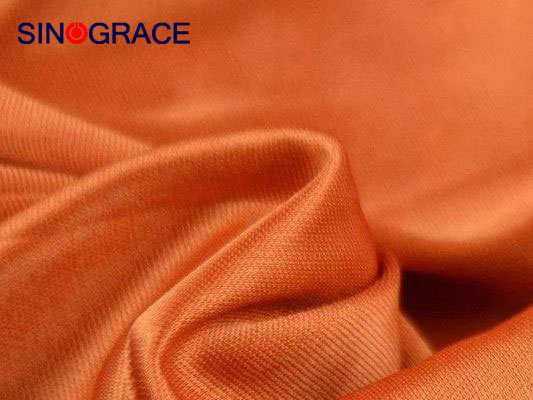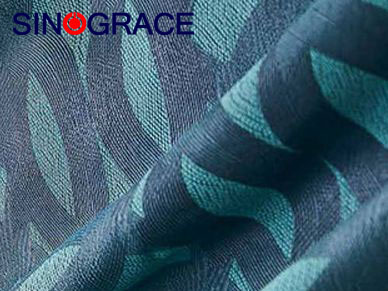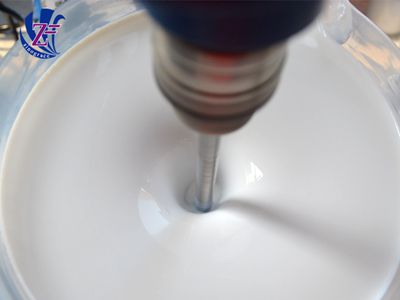Study on waterborne polyurethane for fabric printing
Compared with acrylic resin, water based polyurethane is a new and more environmentally friendly adhesive, because acrylic resin mostly contains hydroxymethyl acrylamide, which will produce formaldehyde during the use of water loss and crosslinking, causing air pollution and endangering human health.Waterborne polyurethane has the advantages of high bonding strength, good flexibility, good frost resistance, excellent wear resistance, good solvent resistance and so on. When it is used in fabric printing, it can give the printing pattern excellent frost resistance, wear resistance, softness, resilience, dry and so on.Because most water based polyurethane emulsion is obtained by self-emulsification method, a certain amount of hydrophilic groups are usually introduced, which will lead to reduced water resistance of waterborne polyurethane film; In addition, waterborne polyurethane is used as coating printing adhesive, the price is high, water fastness and wet rubbing fastness to be improved in order to overcome this defect, many scholars have carried out research on waterborne polyurethane for coating printing. Some homemade waterborne polyurethane printing crosslinker, at the same time synthesized better water resistance mixed polyurethane adhesive used in coating printing and anti-wrinkle anti-pilling finishing effect is better.The application process of waterborne polyurethane adhesive in coating printing was studied, including the influence of adhesive dosage, crosslinker dosage, optimum baking temperature and time on fabric printing performance.The water-based polyurethane for coating printing was self-synthesized. The indexes of rubbing fastness, hand soap fastness and so on were investigated. The indexes met the national standards (wet rubbing fastness above 2, dry rubbing fastness 2-3).The water-based polyurethane with excellent performance was synthesized by molecular design, and the influence of R value and DMPA percentage of polyester synthesis process on the performance of coating printing adhesive was investigated. The water-based polyurethane was modified by silicone/epoxy composite, and the coating printing glue with good comprehensive performance was prepared. At present, waterborne polyurethane adhesive used in coating printing generally needs to add curing agent to achieve the ideal washable performance, and too much curing agent will affect the softness of printing feel. Our company produces textile inks, adhesives, polyurethane coatings, welcome to consult
read more

 English
English français
français русский
русский español
español العربية
العربية







